During consultations, many questions about wisdom teeth arise. In addition, very is surrounded by many myths to them.
- Do wisdom teeth need to be extracted for orthodontic treatment?
- If we don't remove them, will the teeth recompose later?
- Is it enough to remove wisdom teeth to solve anterior crowding?
- Is surgical removal always necessary?
- How painful it is to pull them out
- What are the complications?
- When do they have to be pulled out?
- What is the best age to remove them?
- Once they are removed, are you guaranteed that your teeth won't become clogged again?
These are the most frequently asked questions, but let's start at the beginning.
What are wisdom teeth?
Our wisdom teeth are the last molars at the very end of the dental arches, also known as the third molars or "eights".
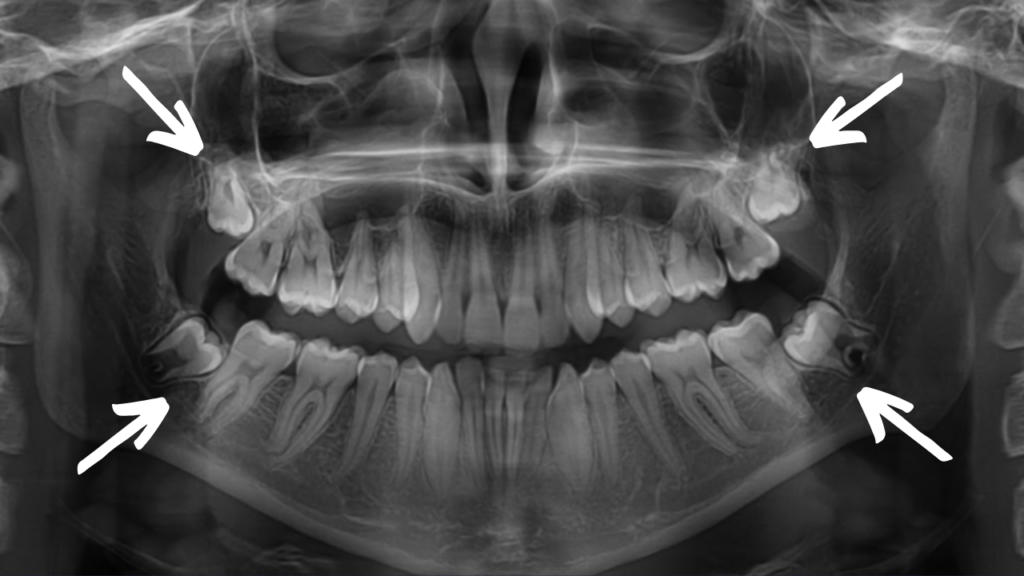
When will they come out?
Two important factors play a role in the eruption of wisdom teeth.
- As they are the last to erupt (appear), they are the last to develop germs.
- As part of the evolutionary process of modern human lifestyle, the size of the jawbones is reduced, and often there is not enough space for them in the dental arch.
Therefore:
- even if they do protrude, they most often do not fit into the shape of the arch
- it is also common that only one of the cusps breaks through the mucosa and the tooth remains in a semi-fractured position, where it gets stuck
- the third possibility is that it does not come out at all, it is stuck in the bone (this phenomenon is called impaction, impacted teeth)
- the fourth phenomenon, now increasingly common, is that no wisdom tooth germ develops at all
If they do erupt, they are most likely to appear in the oral cavity between the ages of 19 and 28, but as I mentioned earlier, most people's mouths do not have enough space for them to erupt.
What problems can wisdom teeth cause?
- If it is pre-fractured and does not fit into the dental arch, the most common problem is the biting of the buccal mucosa. It is a painful chronically irritated area, sometimes more sensitive, sometimes heals slightly.
In addition, these teeth, which are in an awkward position at the very back, are difficult to clean and caries more easily.
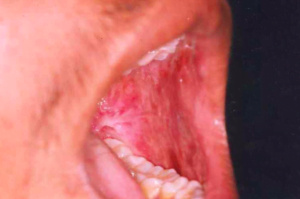
- If only a cricket had broken through the gum. This leaves an area that cannot be cleaned, bacteria can get under the gum and cause a very unpleasant inflammation called pericoronitis. Unfortunately, this is a very painful inflammatory process, with limited mouth opening and swelling.
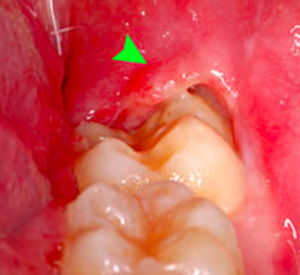
- If the eight has not broken out at all:
Sometimes a tooth stuck in the bone presses against the root of the 7 and resorbes it, damaging it.
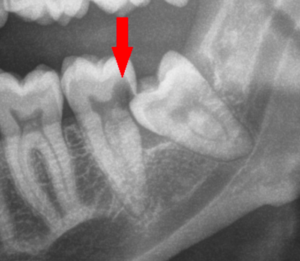
In rare cases, it can also form a cyst.
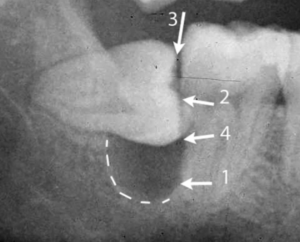
Most of the time they are just there, they are not a problem.
How do we diagnose it?
Usually, a panoramic X-ray is sufficient to get an idea of their position, and a 3-dimensional Ct is taken if necessary.







